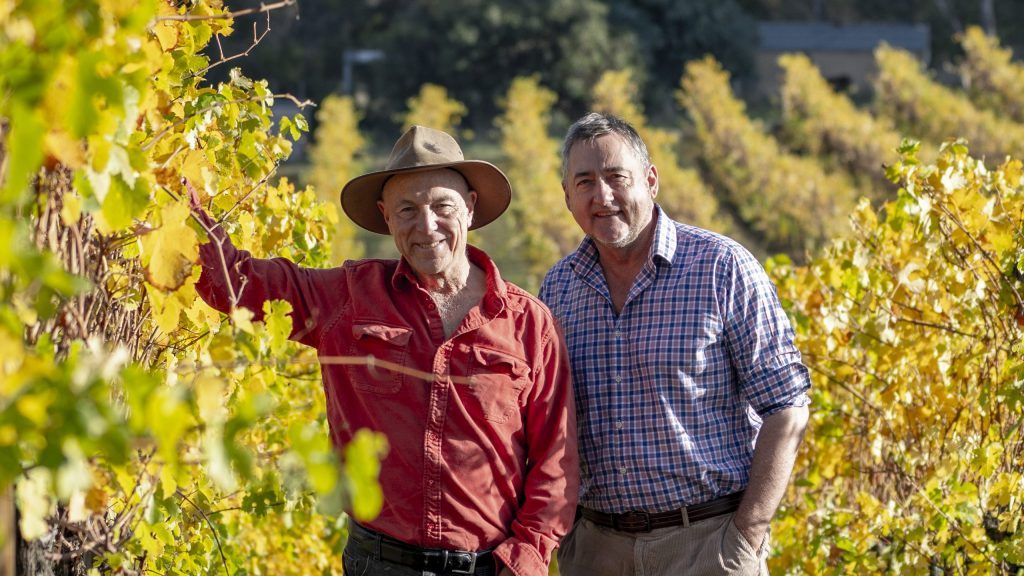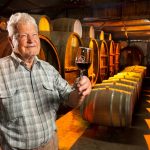This month’s foray into the history of various wine styles takes journalist Samuel Squire to Hungary, where he learns about the legend of Egri Bikavér wine, which is commonly made with a grape called Blaufränkisch, although it has been known by many different names. He looks at the history of both the style of Egri Bikavér, the grape Blaufränkisch, and where it’s situated in Australia today.
Wine is arguably much more than a beverage enjoyed by many, it has been a constant throughout history.
Wine has been chronicled at the rise and fall of empires; to have had religious affirmations; at times to have been bartered with, and it has been made by people from all walks of life.
Austro-Hungarian roots
History tells us modern folk the lay of land as it used to be. Wine has been involved in countless historical events, moments in time and with notable individuals who made their mark on our timeline.
The nation of Hungary was, at one point in its history, one of the most significant European winemaking countries. The country’s history is tangled in a spider’s web of war, industrialisation, migration, disease, empires and communist ideologies, all of which had a hand in the progression of one wine in particular – Bull’s Blood.
Viticultural practices in Hungary can be backdated around 2,000 years. Some historians believe winemaking and viticulture in Hungary could well date back to Roman times, but some believe it goes as far back as the third and fourth centuries BCE.
During the era of the Holy Roman Empire, in 896 AD, Magyar tribes invaded what we now know as Hungary, bringing their own knowledge of viticulture and winemaking with them, continuing Hungary’s winemaking development.
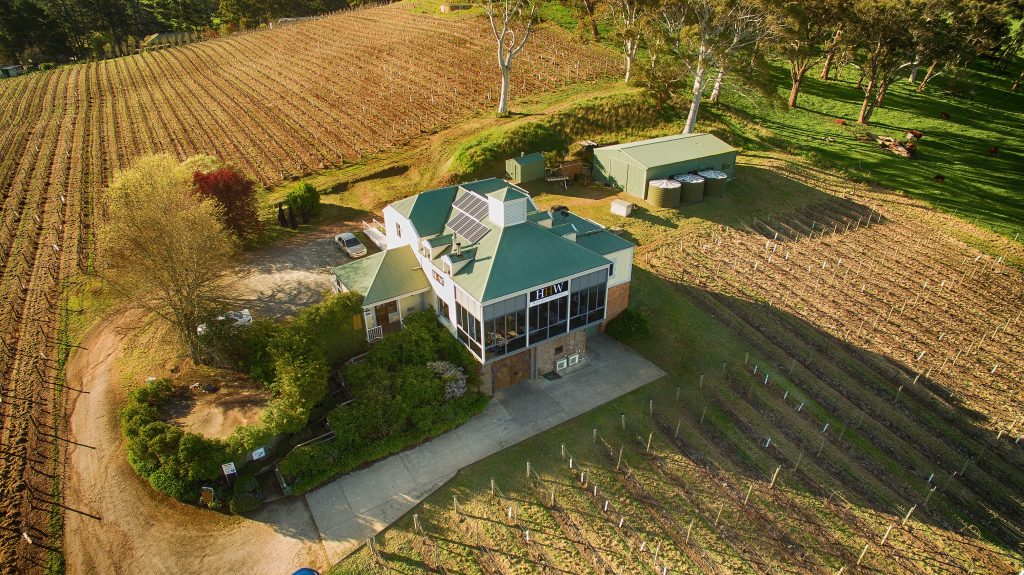
Blaufränkisch: from a winegrape to bull’s blood
A dark hued red winegrape called Blaufränkisch has its origins tied strongly with the Austro-Hungarian Empire.
In modern day north-eastern Hungary, the winemaking region of Eger is divided into two districts embracing the town of Eger – an old Magyar tribal city – and its surrounding villages.
According to wine writer Tivon Johnson’s research on Von Vino, 11th Century monks brought and planted grapes as they settled a newly founded diocese. But, in the 13th Century, Mongols invaded Hungary and destroyed most of the population.
The town was in ruins.
King Béla IV (who reigned from 1235-1270) invited Belgian natives (known as Walloons) to settle Eger as part of his efforts to rebuild the country.
Johnson says it was the Walloon people that played a significant role in increasing wine production in Eger.
They introduced new methods of winemaking and planted grapes on hillside clearings around town following the invasion. By the 16th Century, vineyards were growing widely throughout Eger and the surrounding villages. It had become a major centre for wine exports.
However, just when things were going well, the Ottomans invaded in the mid-1500s, extending the nation’s history of conflict.
The legend of Egri Bikavér
Up until this point, white varieties had dominated the region. Blaufränkisch, known in Hungary as Kékfrankos, is one of the grape varieties used to blend a historic – and legend-bonded – wine, known as Egri Bikavér.
This legend surfaced in 1552, when Ottoman forces laid siege against Eger Castle with a battle of epic proportions; 150,000 Turkish troops fought, and miraculously lost to, 2,000 Austro-Hungarian soldiers, led by Eger Castle’s captain István Dobó.
Johnson says there are many tales surrounding the origin of the name Egri Bikavér, but the Siege of Eger is perhaps the most common.
According to legend, Hungarian soldiers exhausted from weeks of constant fighting begged for something to quench their thirst.
István Dobó, Eger Castle’s captain, served them wine from the castle’s cellars. The parched soldiers drank insatiably, spilling red wine all over their faces, staining their beards, moustaches, and armour in the process.
When they returned to battle the Turks, rumours began to spread amongst the Ottoman forces. The Turks saw the red liquid staining the faces of Austrian and Hungarian soldiers and rumour spread that they had been drinking bulls’ blood, which they thought was the source of their great strength.
Many tales surround Egri Bikavér, but another twist on the legend of the wine was that it was actually blended with bull’s blood to fortify the Hungarian troops at the time of the Ottoman invasion.
All of these influences, and more, have given birth to Hungary’s extraordinary wine culture, which has incorporated the winemaking practices of other cultures, including those of western Europeans.
According to Johnson, despite being half the size of Florida, Hungary (with an area of approx. 93,000km²) encompasses a diverse set of terroirs and is able to grow a wide range of grape varieties. Today, over 70 percent of its wine production is with white varieties.
Blaufränkisch is one of the main grape varieties blended into Egri Bikavér, a name which translates to Bull’s Blood of Eger.
During Hungary’s time under post-World War II communist rule, all wines were made more with an eye on quantity than quality, and Egri Bikavér was no exception.
The wine is all about blends. It used to be made with different varieties, soils, and ratios. As recent as 20 years ago, Egri Bikavér resembled Bordeaux blends, with only a small amount of indigenous Austro-Hungarian grapes pressed into the mix.
However, the trend has been changing with more Blaufränkisch being used in the blend.
Additionally, more single variety Blaufränkisch wines are being made. But in Australia, there are only a handful of producers growing it.
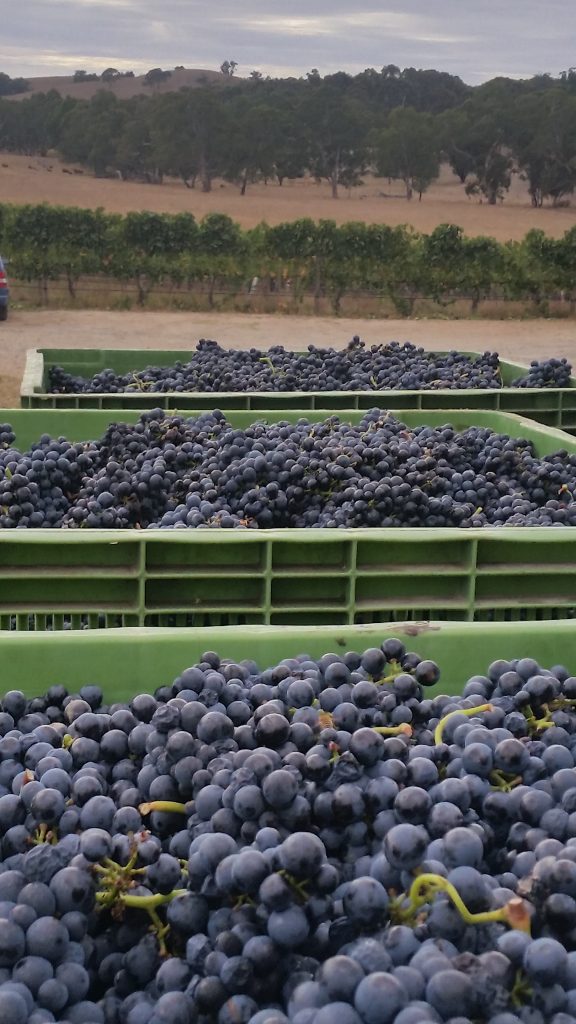

The wonderful lands of ‘Aus’
The Blaufränkisch variety is a rare sight to see growing in Australian vineyards. And, while it is a rare planting in Australia, a Blaufränkisch clone (H7V11) was imported to Australia from the US in 1969 under the Lemberger synonym.
Hahndorf Hill Winery, a producer situated in the Adelaide Hills wine region, is perhaps one of the nation’s best Blaufränkisch winemakers.
Co-owner of Hahndorf Hill Winery (HHW), Larry Jacobs, says the variety was planted by the winery’s former – and first – owner in the 1990s.
“Blaufränkisch was not a variety that I was familiar with when I took possession of the Hahndorf Hill vineyard in the Adelaide Hills in early 2002,” Jacobs said, “and neither had I tripped over this exotic sounding red grape in all my years in the wine industry in Stellenbosch, South Africa”.
“The previous owner of our Hahndorf Hill property was from Germany and he assured me that this grape always produced wonderful red wines in his hometown, and that was why he had decided to plant it when he arrived in Hahndorf in the early 1990s.
“A quick bit of research reveals that the plant material, clone H7V11, was imported into Australia from the US in 1969 under the Lemberger synonym.”
Jacobs said that his experience with creating single variety Blaufränkisch wines came later, after using it in the production of HHW’s dry rosé.,/p>
“Initially, and largely because of a lack of knowledge about Blaufränkisch, we combined all our fruit together with our other Germanic variety, Trollinger, into the production of our dry rosé,” he said.
“It was only in 2008 that we ventured into making a single-varietal table wine from this variety and we were not disappointed.
“Since then, we have familiarised ourselves with the complex and beautiful Blaufränkisch wines that are produced in its spiritual homeland and, after a few pilgrimages to the Austrian wine lands, we now have a greater understanding of, and appreciation for, this noble red variety.”
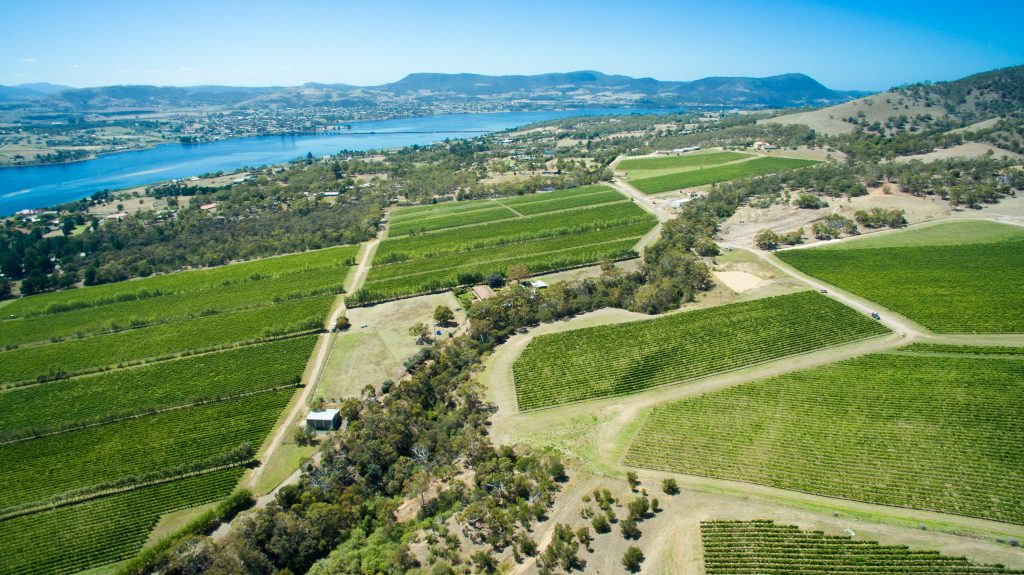
Australian misconceptions
Blaufränkisch has become a very important part of HHW’s brand offering, according to Jacobs. He says the variety has acclimatised very well to the climate of the Adelaide Hills.
“Not only will we continue to grow it, we have expanded our vineyard production in recent years,” he said.
“It seems to have acclimatised very well to our conditions in the Adelaide Hills, but this is unsurprising since some of the Austrian regions which are renowned for Blaufränkisch production, such as the cooler Süd-Burgenland region, have similar conditions of terroir to which we have in our region.
“There is a general assumption here in Australia that the wine regions of Austria are very cold. This is untrue of most of their wine regions, and in fact, summers in middle Burgenland (where Blaufränkisch is king) can be very hot.
“Many of Austria’s top wine regions including those famed for Blaufränkisch production, are not as cool during their growing season as the Adelaide Hills.
“I suspect that having a good diurnal variation of temperature, with warm to hot days being balanced out by the cool nights, is important to this variety. But I also suspect that a maritimetype of cool climate may also prove successful with this variety.”
The production in reality
Stylistically, the variety offers a medium bodied wine of suave elegance, according to Jacobs, with enticing layers of blue-black fruits, crushed herbs and some gentle spice.
Jacobs says the tannin structure, whilst plentiful, is “perfectly fine-boned for this stylish wine”.
“In the vineyard, it has been a relatively easy variety to manage and seems to be well suited to my VSP canopy management,” he said.
“The canes are upright and the canopy is lean and non-sprawling. It is a fairly fertile variety with each cane generally producing two bunches of slightly loose, packed berries.
“The fruit ripens before Shiraz in our region, and the flavours of rich blueberry coupled with fine, dry tannin and a good natural acidity, is a regular sign that it is ready for harvest.”
Jacobs says that, for the winemaking, a simple hands-off approach works best for him, “with perhaps some whole bunches included in the ferment in some years”.
“The wine does not necessarily perform well when over-extracted and neither does it want to be dominated by new oak,” he said, “I generally mature the wine in barriques for less than a year before bottling”.
“I also believe that the wines benefit from a further period of bottle aging for between 12–24 months, when you will be rewarded by a beautifully elegant, medium bodied red wine with deep layers of blue and black fruits, a juicy acidity and often a gentle hint of spice. The tannins are plentiful, but soft and dry.”
In Tasmania, another producer has been enjoying the experiment of Blaufränkisch winemaking.
Stefano Lubiana Wines namesake vigneron Steve Lubiana says his fascination with the variety sparked from a vintage overseas in Gols, Austria.
“My fascination with Blaufränkisch started when I did a vintage at Pittnauer in Gols, Austria,” he said, “I really enjoyed the flavour profile and gentle but firm structure of the wines, as well as how the wines aged well, developing beautifully in the bottle”.
“The soil at Gols where the Blaufränkisch vines are grown is almost the same as the soil at our vineyard in Tasmania, although Gols gets a bit warmer than here. So, I thought why not, let’s give it a go. We grafted some Merlot over and planted some on their own roots in 2014, and made the first wines from grafted fruit in 2017.”
Lubiana says the variety is a “winner” in its new Australian home because of its versatility in the styles it can make.
“Stylistically, I think it’s a winner,” he said, “It can be fresh and juicy, or more complex and layered”.
“The lower Derwent Valley region has a cool-mild growing season with mild to warm days of 24 degrees and cool nights of around 11 degrees through summer, slightly cooler in autumn, especially the nights.
“This gives us ripe, well coloured Blaufränkisch grapes with bright and fresh acidity. Normal picking time is similar to Syrah: around mid-April at 13 degrees Baumé.”
- Information from Tivon Johnson, author of Von Vino wine blog, is included with permission.
This article was originally published in the March 2021 issue of the Australian & New Zealand Grapegrower & Winemaker. To find out more about our monthly magazine, or to subscribe, click here!
Are you a Daily Wine News subscriber? If not, click here to join our mailing list. It’s free!

